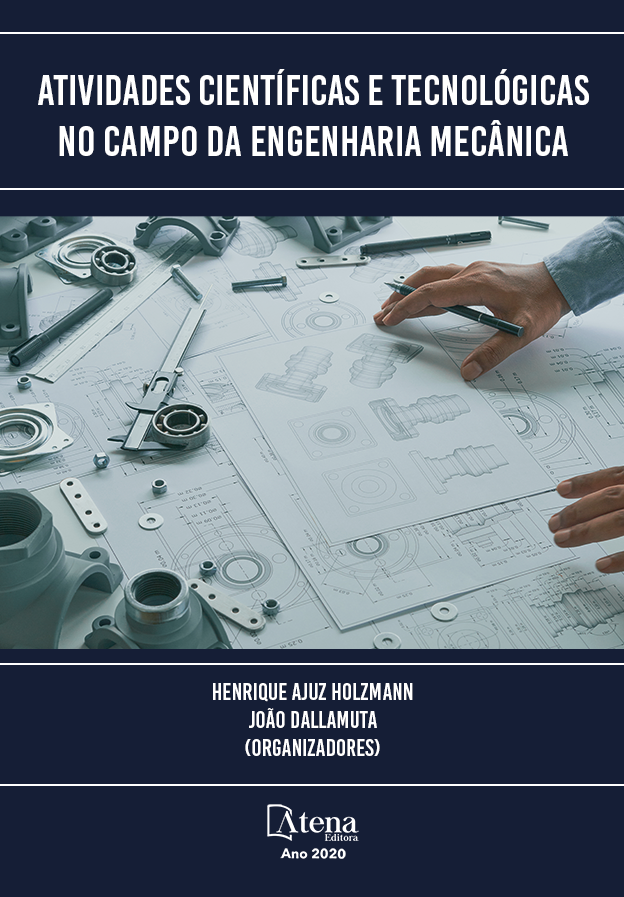
UTILIZAÇÃO DE ATUADORES ELETROMAGNÉTICOS PARA O CONTROLE DE VIBRAÇÃO EM UMA VIGA DE MATERIAL COMPÓSITO
O presente trabalho tem como objetivo o controle ativo de vibrações em uma estrutura de material compósito utilizando atuadores eletromagnéticos. O método de identificação do modelo do sistema foi o algoritmo ERA/OKID, que consiste em um método de identificação de estruturas complexas a partir de dados de entrada e saída do sistema. A técnica de controle utilizada foi o controle ótimo, a partir do uso de Regulador Linear Quadrático (LQR). O sistema de controle é responsável por calcular os esforços de controle necessários para alimentar os atuadores eletromagnéticos. Os atuadores eletromagnéticos por sua vez, atuam sobre a estrutura compósita aplicando a força eletromagnética, resultando na atenuação de vibração da estrutura. Os resultados obtidos se mostraram satisfatórios, apresentando um tempo de acomodação pequeno e redução da amplitude no primeiro modo de vibrar. A fim de validar os resultados numéricos, foram obtidos os resultados experimentais, validando assim a metodologia proposta.
UTILIZAÇÃO DE ATUADORES ELETROMAGNÉTICOS PARA O CONTROLE DE VIBRAÇÃO EM UMA VIGA DE MATERIAL COMPÓSITO
-
DOI: 10.22533/at.ed.8632026102
-
Palavras-chave: LQR, Controle Ativo de Vibrações, Material Compósito, ERA/OKID
-
Keywords: LQR, Active Vibrations Control, Composite Material, ERA/OKID
-
Abstract:
The present work aims to active vibration control in a composite material structure using electromagnetic actuators. The identification method of system model was the ERA / OKID algorithm, which consists of a method of identifying complex structures from the input and output data of the system. The control technique used was the optimal control, based on the use of Linear Quadratic Regulator (LQR). The control system is responsible for calculating the control efforts required to power the electromagnetic actuators. The electromagnetic actuators, in turn, act on the composite structure from the electromagnetic force, resulting in the attenuation of the structure's vibration. The results obtained were satisfactory, with a short accommodation time and reduced amplitude in the first mode of vibration. In order to validate the numerical results, experimental results were obtained, thus validating the proposed methodology.
-
Número de páginas: 11
- Andrei Santos Oliveira
- Camila Albertin Xavier da Silva
- Romeu Rony Cavalcante da Costa
- Marco Túlio Santana Alves
- Edson Hideki Koroishi


